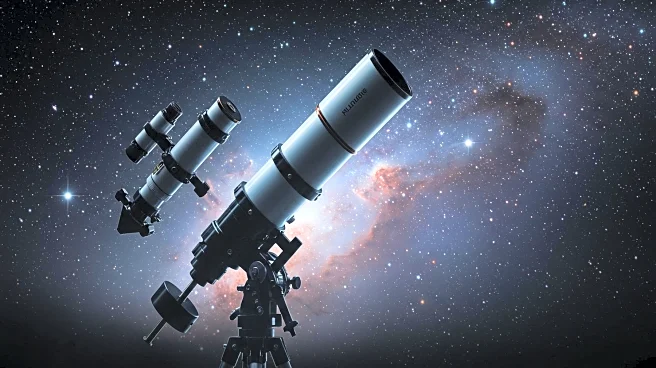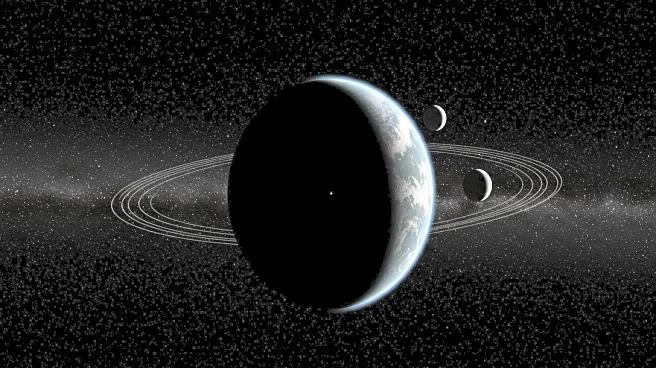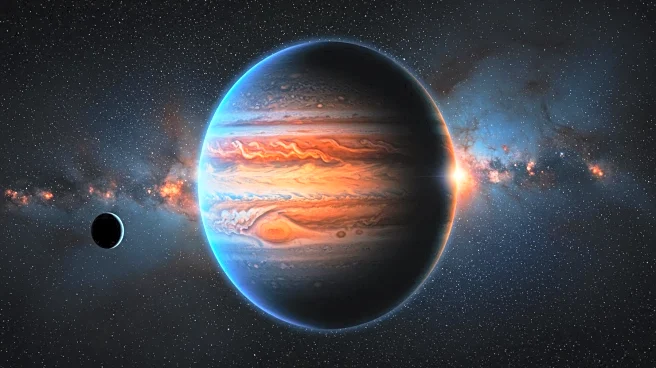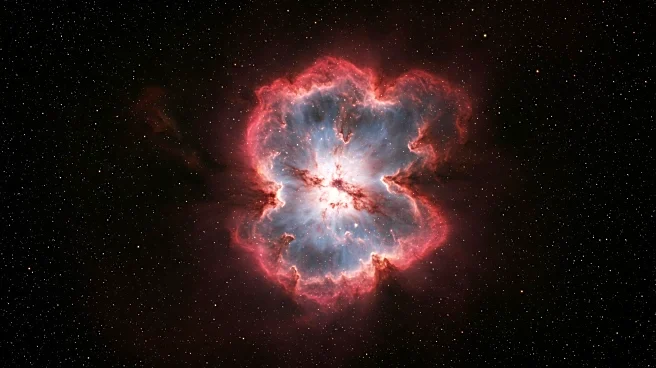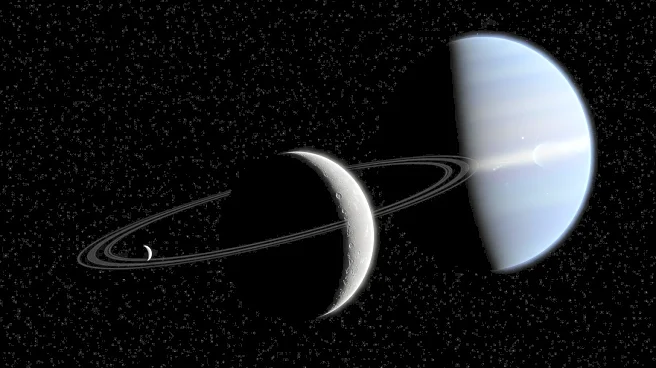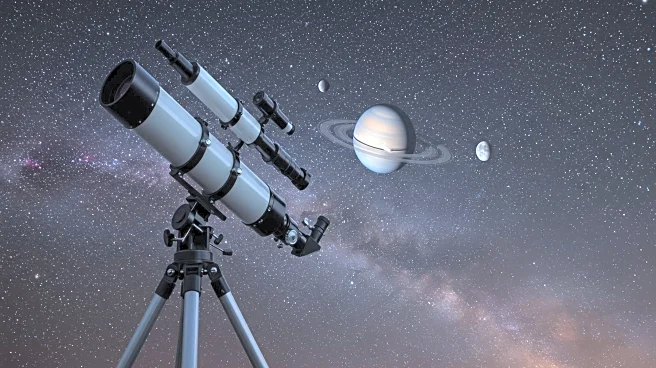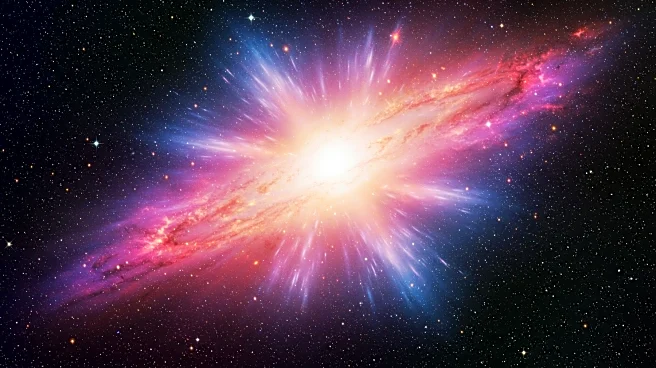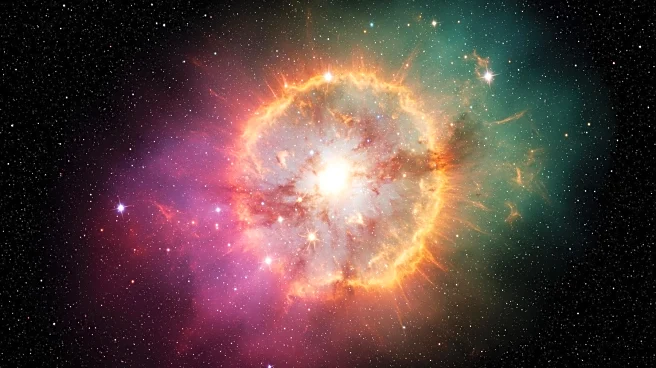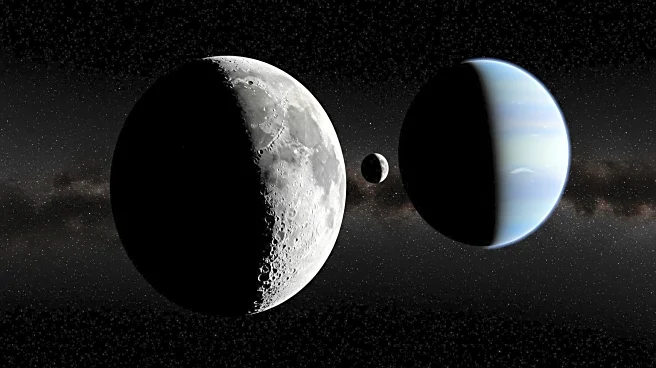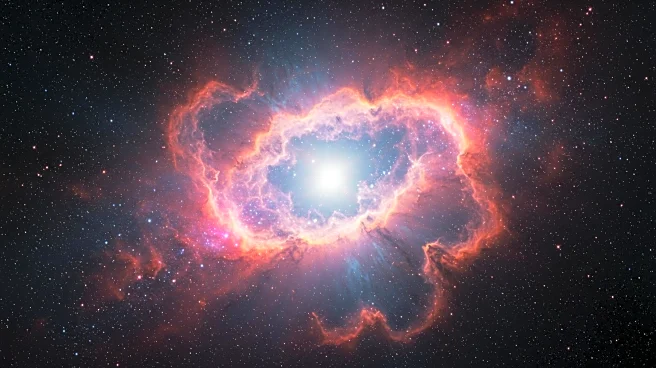Rapid Read • 8 min read
Researchers at the University of Missouri have utilized NASA's James Webb Space Telescope to identify 300 objects that may represent some of the universe's earliest galaxies. These objects, detected through infrared imaging, appear brighter than expected and could challenge current understandings of galaxy formation. The study, led by astronomy professor Haojing Yan and Ph.D. student Bangzheng 'Tom' Sun, employs a technique known as the dropout method to identify high-redshift galaxies. This method involves detecting objects that appear in redder wavelengths but disappear in bluer ones, indicating their light has traveled vast distances. The researchers aim to confirm these findings through spectroscopy, which will provide more accurate redshift determinations and insights into the galaxies' properties.
AD
The discovery of these potential early galaxies could significantly impact the field of astronomy by challenging existing theories about galaxy formation in the early universe. If confirmed, these findings may necessitate revisions to current models of how galaxies and stars formed during the universe's infancy. This could lead to a deeper understanding of cosmic evolution and the processes that shaped the universe as it is known today. The research underscores the importance of advanced telescopic technology, like the James Webb Space Telescope, in expanding human knowledge of the cosmos and potentially altering scientific paradigms.
The next steps involve using spectroscopy to confirm the identity and properties of these candidate galaxies. Spectroscopy will help determine the age, formation, and composition of these objects, providing a clearer picture of their role in the early universe. The research team plans to conduct further observations to validate their findings and assess the implications for current theories of galaxy formation. If additional confirmations are made, the scientific community may need to reconsider existing models and explore new hypotheses regarding the early universe's development.
This discovery highlights the ongoing advancements in astronomical technology and the potential for groundbreaking findings that challenge established scientific beliefs. The use of the James Webb Space Telescope represents a significant leap in observational capabilities, allowing researchers to explore deeper into the universe's history. The study also emphasizes the collaborative nature of scientific research, combining expertise from various fields to achieve comprehensive results. As technology continues to evolve, similar discoveries may further reshape our understanding of the universe and inspire future generations of astronomers.
AD
More Stories You Might Enjoy
